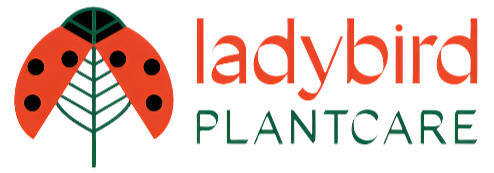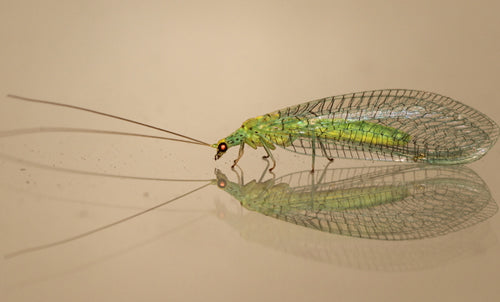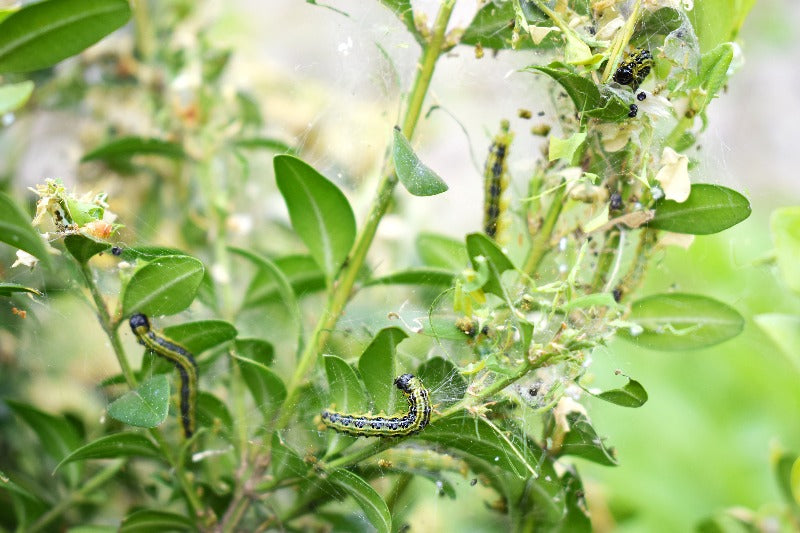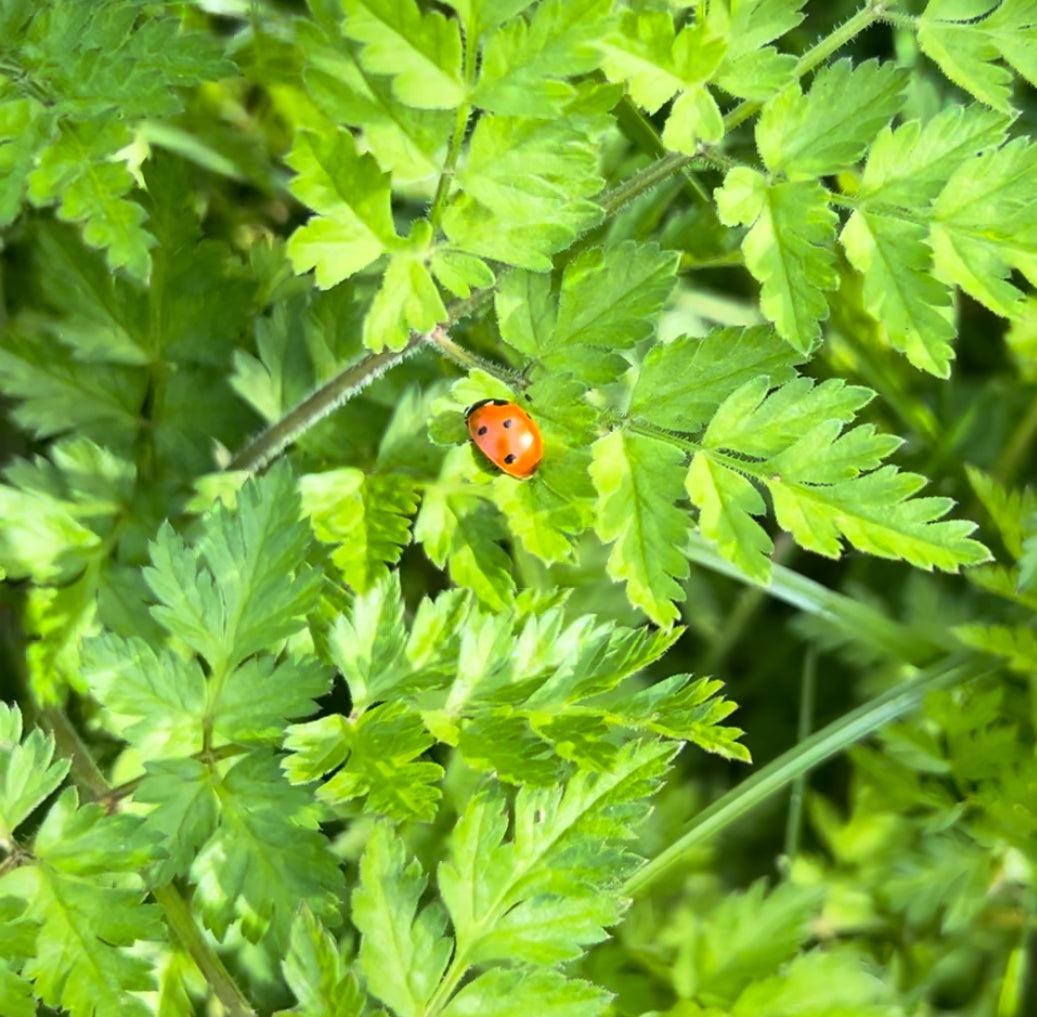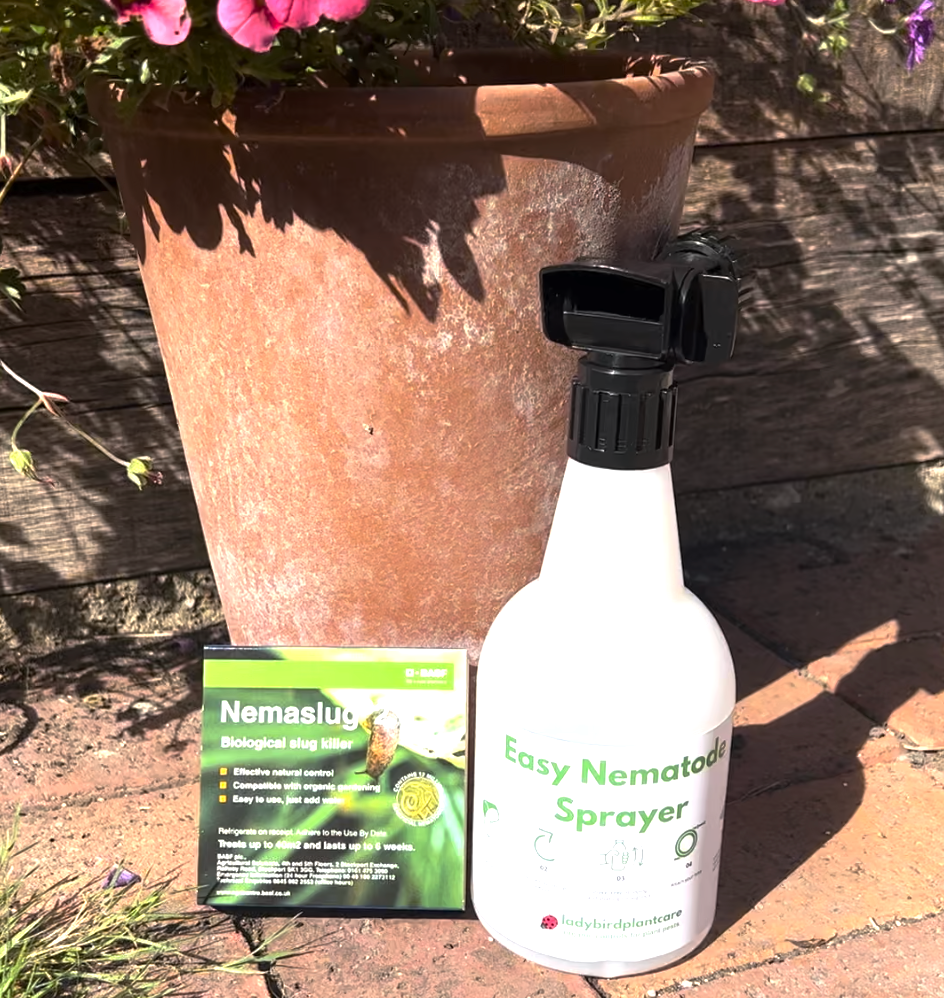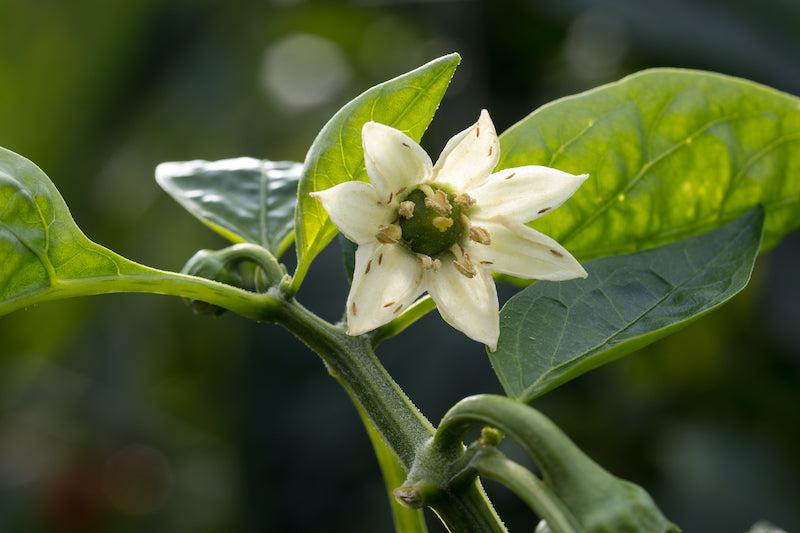CATERPILLAR CONTROLS
Butterflies and Moths are beautiful creatures, and are useful pollinators of our plants. However their young can be a terrible pest. Caterpillars eat voraciously as they need to pack in a lot of food in a very short time if they are going to emerge as adults. They are designed to eat leaves and their powerful little biting jaws can munch through swathes of foliage overnight leaving only the ribs behind.
We sell a few different controls to suit a variety of needs.
Sort by:
3 products
3 products
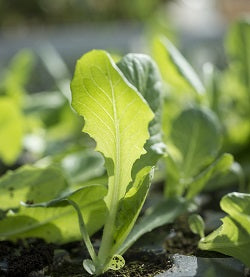

Fruit and Veg Protection Nematodes (Steinernema Feltiae/Carpocapsae mix)
From £9.00
Unit price perFruit and Veg Protection Nematodes (Steinernema Feltiae/Carpocapsae mix)
From £9.00
Unit price perStop pests attacking your fruit and vegetables with nematodes.
These multitarget parasitic nematodes target all a range of pests including; Codling Moth, Shore Fly, Sciarid Fly, Caterpillars, Root Fly, Gooseberry Sawfly, asparagus beetle larvae, wireworm, viburnum beetle larvae and more.
Sold in packs of 1 x 60 sqm, 2 x 60 sqm or 3 x 60 sqm, you can read the instructions for these nematodes HERE.
Biological controls are not always kept in stock, they are ordered in fresh. This can sometimes lead to a time lag between when you place the order and when it is despatched. Order by 10am Monday for same week despatch.
Lacewings are best known as a predator of aphids, and fully deserve the nickname "aphid lion" as a single insect can consume 100-600 aphids in its lifetime.
You can read the instructions for this product HERE.
Sold in 500s or 1000s. Orders placed by 10am Monday will be despatched later in the week.
Biological controls are not always kept in stock, they are ordered in fresh. This can sometimes lead to a time lag between when you place the order and when it is despatched. Order by 10am Monday for same week despatch.
The box tree moth has now become an important pest on box (Buxus spp.), especially across the South of England. The larvae (caterpillars) feed on the foliage and within days can cause severe levels of defoliation and dieback. The Caterpillar can be controlled with nematodes. You can read the instructions for the nematodes HERE.
Spotting the pest
You may notice webbing or the caterpillars, you will also see their yellow eggs on the underside of leaves. The adult moth is brown.
Control
Remove as many caterpillars as feasible by hand along with leave that have extensive webbing.
We have been recommending nematodes for a couple of years, a recent study by the RHS has confirmed that they considerably reduce larvae numbers, therefore reducing pest numbers by affecting this life stage.
There are 2 generations of Box tree moth per year so nematodes treatments in spring and mid summer are a good idea, the air temperature should be 12°C or above.
Stephanie Bird, RHS Entomologist said ‘Nematodes can be a useful addition to the gardener’s armoury for control of box moth caterpillar’
Ideally you do 3 applications 2 weeks apart at each treatment time, the packs will last in your fridge for 2-3 weeks so only buy the first 2 doses.
The RHS would like to know if you have made a sighting of this pest, please fill out the survey here
